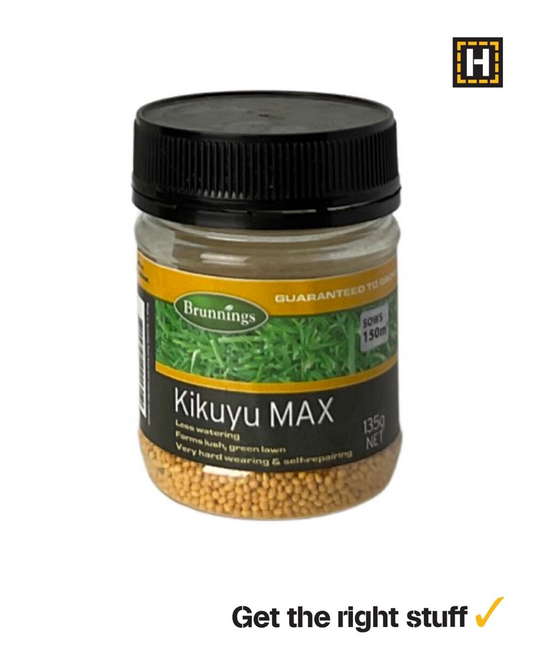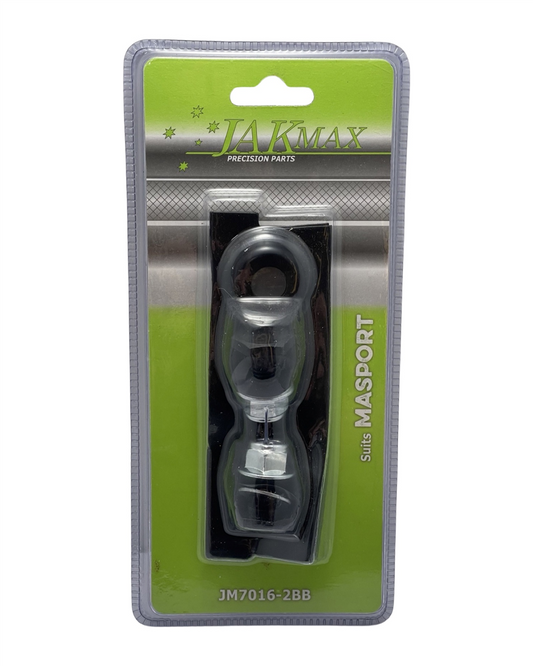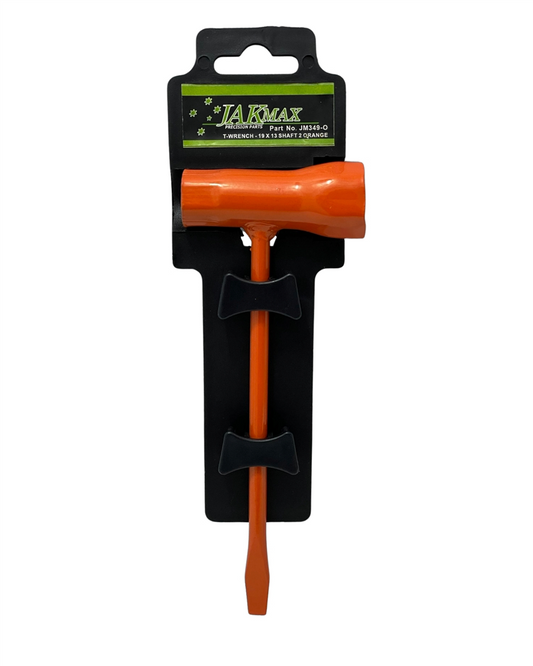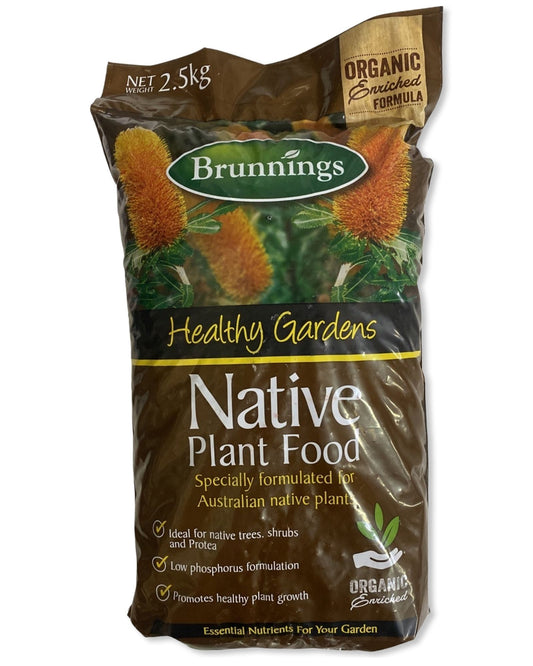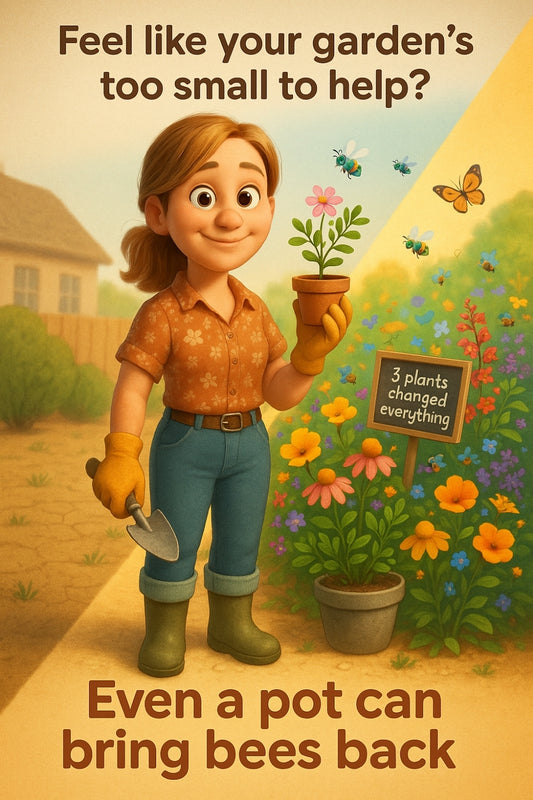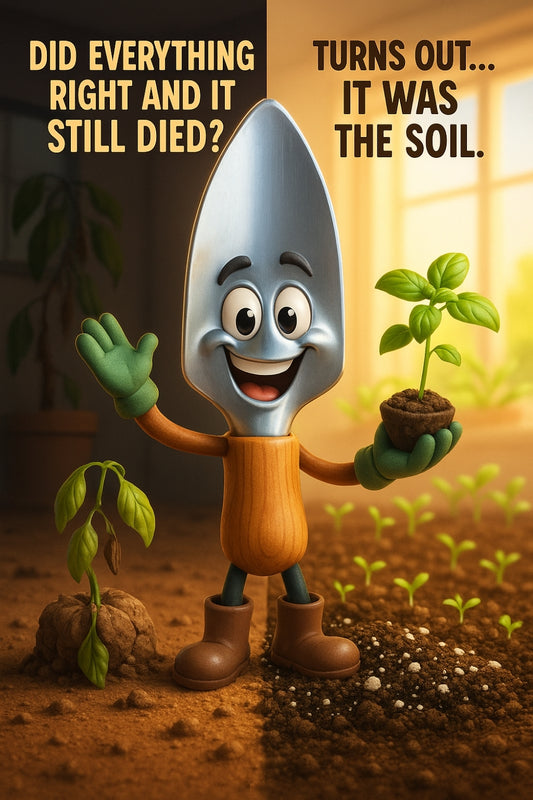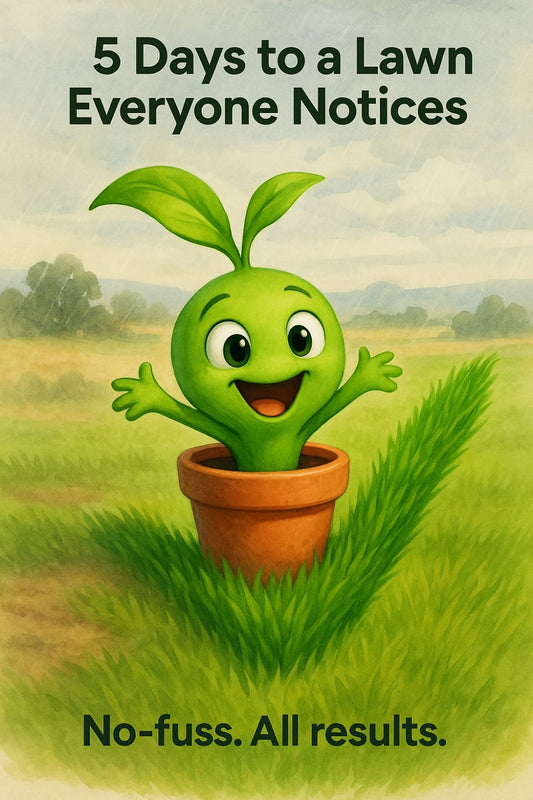Gardenmaster swears by this — and honestly, it’s the lazy gardener’s secret to instant glow.
Share
A burst of colour, a boost for bees, and a whole new way to garden lightly
It’s not just pretty — it’s powerful.
You’ve seen the lush fields of daisies in Instagram reels, the bees buzz-drunk with joy, the effortless beauty spilling across lawn edges and garden beds. But wildflowers aren’t just landscape wallpaper. They’re doing more than most of us realise. For gardens in South Australia, planting wildflowers could be the easiest, boldest, and most rewarding move you make all year — especially if you’re still finding your footing.
One gardener shared this after seeding a half-metre patch out the back last Autumn:
“I expected a few flowers. What I got was a traffic-stopping show of colour, butterflies visiting daily, and neighbours asking how I did it. Honest to goodness, I just dropped the seeds and hoped.”
Wildflowers are that kind of magic. Low-effort. Big payoff. And just right for South Aussie conditions.
So why now?
Because our soil — sandy in spots, stubborn in others — thrives on nature’s own. Wildflowers are the original locals. They know how to survive our dry spells, bounce back after summer scorchers, and attract the kind of helpful insects your veggie patch will thank you for later.
What makes wildflowers surprisingly beginner-friendly?
- No precision required – wildflowers don’t need perfect spacing or fancy soil prep.
- Minimal watering – once established, most varieties survive on rainfall alone.
- Natural weed suppression – a thick bed of flowers makes it tough for invaders to sneak in.
- They self-seed – some species pop back year after year. You just let them do their thing.
It’s a little like setting up a self-cleaning oven for your backyard. You do the set-up once, then nature runs the show.
What you’ll need (+ what you won’t)
You don’t need a landscape designer or a colour-coded plan. You need 3 things:
- A sunny patch of soil
- A mix of wildflower seeds suited to Australian conditions
- A rake or cultivator to scuff the soil and help the seeds nestle in
That’s it. No digging ten holes. No fertiliser calculations. No overthinking. Simplicity is your superpower here.
Not just beautiful — wildly beneficial
This isn’t just about pretty petals.
Wildflowers attract bees, butterflies, and other beneficial bugs that pollinate your veggies and protect your garden from pests. They also improve soil biodiversity — which is a fancy way of saying your whole backyard becomes a healthier, happier place to grow just about anything.
And there’s something deeper too. Watching colour bloom where there was once just dirt? That’ll shift how you feel about your space — and about yourself. It’s a small act that gives back in quiet, joyful ways.
Fast vs. slow: what planting wildflowers replaces
The old way:
- An afternoon of hauling newly purchased annuals, mixing soil, and planning flower heights
- Multiple failed attempts because the plants didn’t like clay, or it dried too fast, or they just… died
- The disheartening cycle of try-hard-then-give-up
The gentle shift:
- A 30-minute patch prep
- Sowing a seed mix that’s built for your region
- Watering until sprouted, then standing back in awe as nature takes care of the rest
Nature’s shortcut for beginner gardeners
If you’ve ever hesitated because gardening feels too fussy, wildflowers might just be your on-ramp. They don’t demand perfection. They forgive poor soil. They understand drought. And they offer an almost theatrical payback: flower shows, buzzing wings, spontaneous smiles.
And maybe most powerfully — they’re a vote for future you.
You’ll start noticing shapes and colours you never paid attention to. You’ll get used to seeing bees instead of fearing them. You’ll start thinking of your backyard as not just a plot, but a little piece of something wild and wonderful that you had a hand in shaping.
Start small. Let it sprawl.
You can begin with one square metre. A side pathway. The corner of a veggie bed. The edge of your fence line. Over time, wildflowers teach something even more important than gardening: they teach you how to let go of control, and trust that good things grow when we give them space.
Wildflowers aren’t just easy — they’re what easy is supposed to look like in a garden.
So grab that seed pack, find a sunny patch, and sow little bits of wonder wherever you can.
Happy growing,
Candeece
 Stay Connected
Stay Connected
Join our gardening community on Facebook: Urban Gardener's Notebook
And follow our Store Facebook Page: Strathalbyn H Hardware on Facebook


